Tomato seedlings not growing? 5 possible causes and corrective remedies to try

Tomatoes are among the easiest plants to grow at home in the garden, even for the most inexperienced of gardeners. But sometimes, tomato seedlings do not grow and thrive after germination.
There are various reasons why tomato seedlings stop growing after germination, and it will be necessary to find the exact cause to properly remedy the situation.
If you are a beginner gardener and want to avoid a tomato crop failure, we suggest below the 5 possible causes - and fixes - for the non-growth of tomato seedlings.
1. Watering
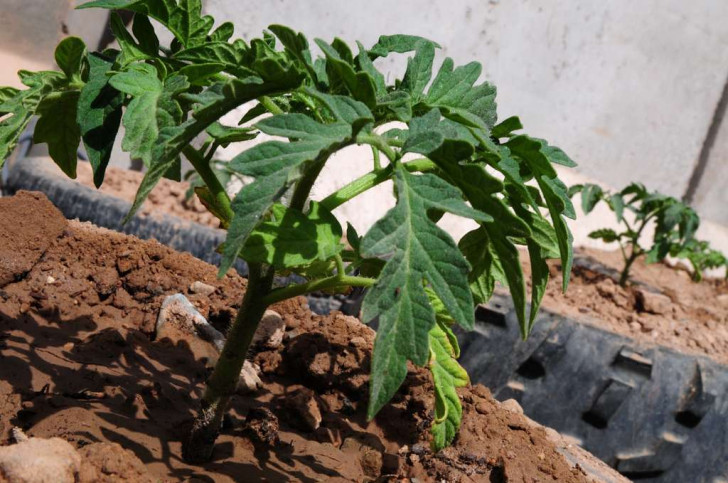
All plants need an adequate supply of water, and this includes your tomato seedlings. However, over-watering could make the soil excessively wet and will suffocate the roots. Water regularly and carefully, preferably in the early hours of the morning, so that the water evaporates slowly during the day. By keeping the soil constantly moist (but not soaking), your seedlings will continue to grow without issues.
2. Temperature
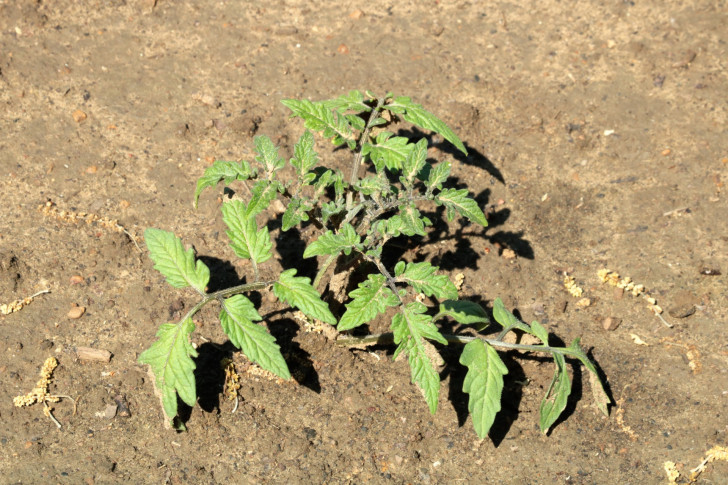
The ideal temperature range for tomatoes is between 20 and 24 degrees C for them to thrive. Any significant deviation from these temperatures will cause the plants to suffer: temperatures below 14 degrees C will slow down growth, while temperatures above 32 degrees C can prevent fruiting.
Protect your plants in their early stages by placing them in a greenhouse to avoid exposure to excessively low temperatures; if temperatures are excessively high, shelter your plant with a shade cloth or by moving them to a shady spot.
3. Sunlight
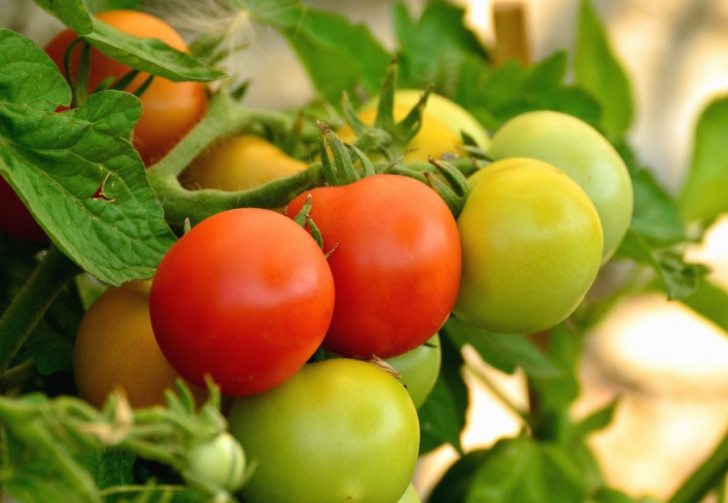
Insufficient exposure to sunlight is one of the main causes for the failure of a tomato crop: around 16 hours of sunlight per day are needed to ensure proper growth. Place your plants in a place facing south and sheltered from draghts and wind. Avoid sowing too early, in order to guarantee there is sufficient sunlight when the seedlings emerge.
4. Fertilizing
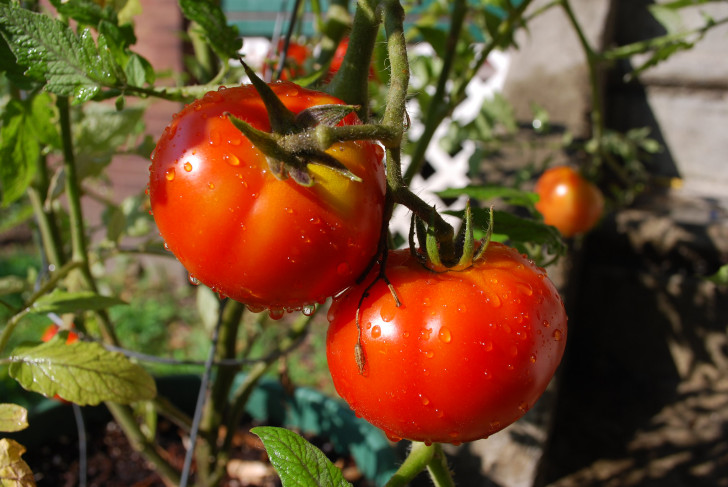
Are you sure you have given your tomatoes all the nutrients they need? If your soil is poor, fertilize your tomato plants with a fertilizer rich in potassium, phosphorus, nitrogen or with the relevant nutrient, if you find any of the following problems:
- a poor yield of fruit is caused by a nitrogen deficiency;
- weak root systems are caused by a phosphorus deficiency;
- if the tomatoes are hard, green or yellow, the cause is a potassium deficiency.
5. Chlorosis
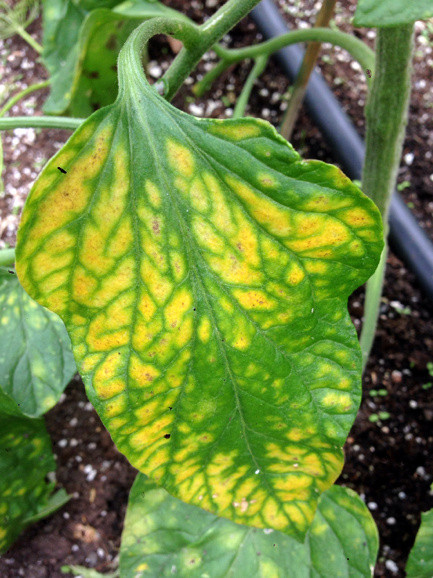
A yellowing of your tomato plants could be chlorosis - a chlorophyll deficiency caused by various factors such as poor soil drainage, root damage, poor pH balancing, parasites or nutrient deficiencies. Examine the soil and make sure there is proper drainage and add any essential nutrients which may be lacking.
Pay attention to these details to guarantee a healthy, abundant tomato crop!